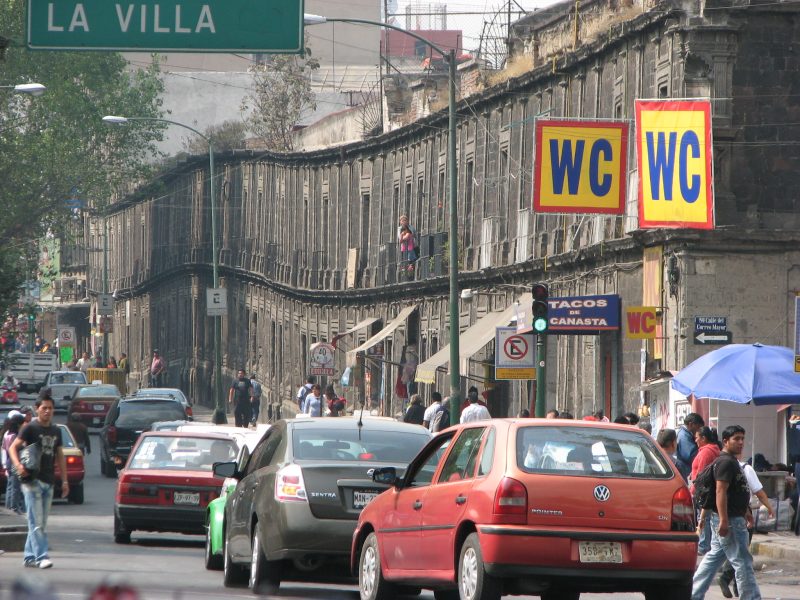4.1 Introduction to Part 4
As soil is compressible, every shallow foundation will settle, at least for a few millimeters. The Geotechnical Engineer is called to design the foundation so that the settlement that will inevitably occur will not affect the integrity of the structure, and will not interrupt the function(s) for which the structure was designed for, thus satisfy Serviceability Limit State requirements.
Foundation settlement can be classified into three basic types: uniform settlement, tilt and non-uniform settlement (Figure 4.1) Uniform settlement may disrupt utilities function such as pipe connections, and therefore affect the serviceability of the structure, or interfere with nearby structures. On the other hand, distortion caused by non-uniform settlement induces bending in structural elements, which can result in cracking, and affect the integrity of the structure (Figures 4.1 and 4.2).



